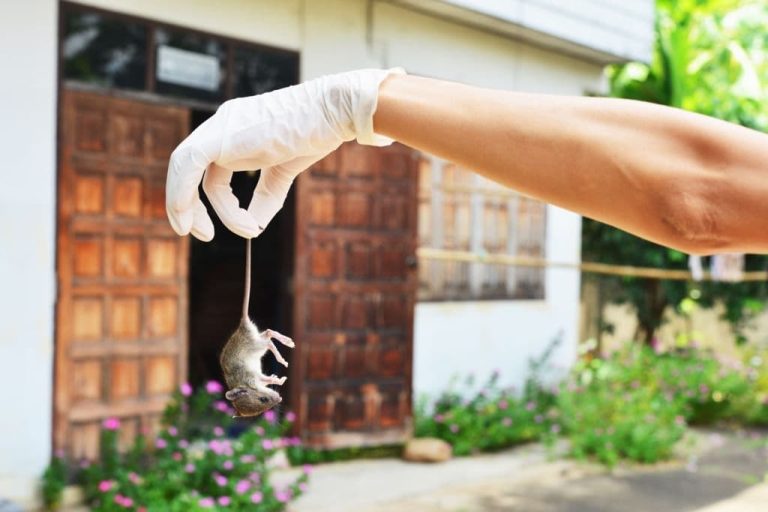How Do You Know If Termite Damage Is Bad?
Termites are arguably one of the biggest nightmares for a homeowner. While termites themselves are not inherently harmful to humans, in colonies, these pests can cause insurmountable damage, leading to thousands of dollars down the drain.
If the issue is not caught soon enough, termite colonies will continue to eat away at a home, destroying the home’s structural integrity and diminishing its value. To better understand termite damage, let us start at the root.
Termite colonies thrive under moist conditions; a leaky pipe or clogged water may cause these conditions. A well-maintained home and frequent inspections will help identify benign issues at the offset.
Cracks or openings in a home’s structure, particularly in the foundation, may also make it easier for termite colonies to set up shop. To learn more about how to know if your home suffers from termite damage, and if so, the level of severity, continue reading.
Swollen Floors And Ceilings Is A Serious Sign Of Termite Damage

If you notice swelling floors and ceilings in your home, it is most likely a sign that your home is suffering from a severe termite infestation or potential water damage.
Termites generally burrow into the wood, which leads to swelling as the colonies grow larger. Not only is the swelling an eyesore, but it is a sign of potentially dangerous structural damage. In the event that this issue remains unaddressed, the termite damage can lead to unsteady floors and the ceiling caving in.
Are You Noticing Hollow Wood Around Your Home?
To figure out whether there is hollow wood around your home, simply take a walk around and knock on any wooden structures. You will be able to hear either a hollow or solid sound clearly.
As termites eat away at wooden structures, they leave behind hollow tubes. If the infestation is serious, the more likely it is to sound hollow. In some cases, a homeowner will be able to notice cracks on the surface, splitting, or other signs of extensive damages.
However, in many scenarios, the wood may look perfectly normal from the outside. As a general rule of thumb, use the sound test.
Mud Structures And Tubes Are A Common Sign of Termite Infestation
It is not an over exaggeration to say that termites LOVE mud. As previously mentioned, some termites need to remain moist in order to survive. Mud serves as a moisturizing protective layer for termites and can usually be found near a person’s home, making it ideal for termites.
Furthermore, termites typically enter a homeowner’s safe oasis by digging through the soft mud that surrounds a home. From there, termites have easy access to a home’s foundation.
To find the tubes, take a walk around your home, keeping an eye out for any signs of small mud tubes that could lead to your home. If you suspect that you have found a mud tube, attempt to close the mud tubes up and then wait. If more mud tubes appear in the next few days or the previously closed mud tube reopens, that will confirm any termite suspicions you may have.
It is imperative to inspect and maintain your home frequently. When detected early on, there is less potential for serious damage, making the cost of termite damage repair is significantly lower. When it comes to you and your family’s home, it is better to err on the side of caution.




